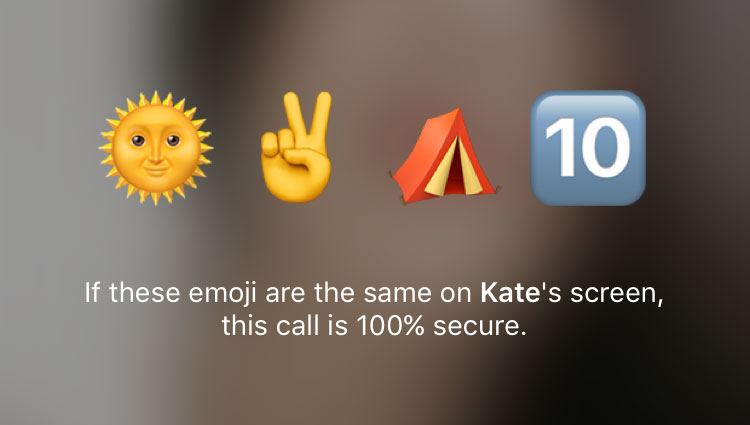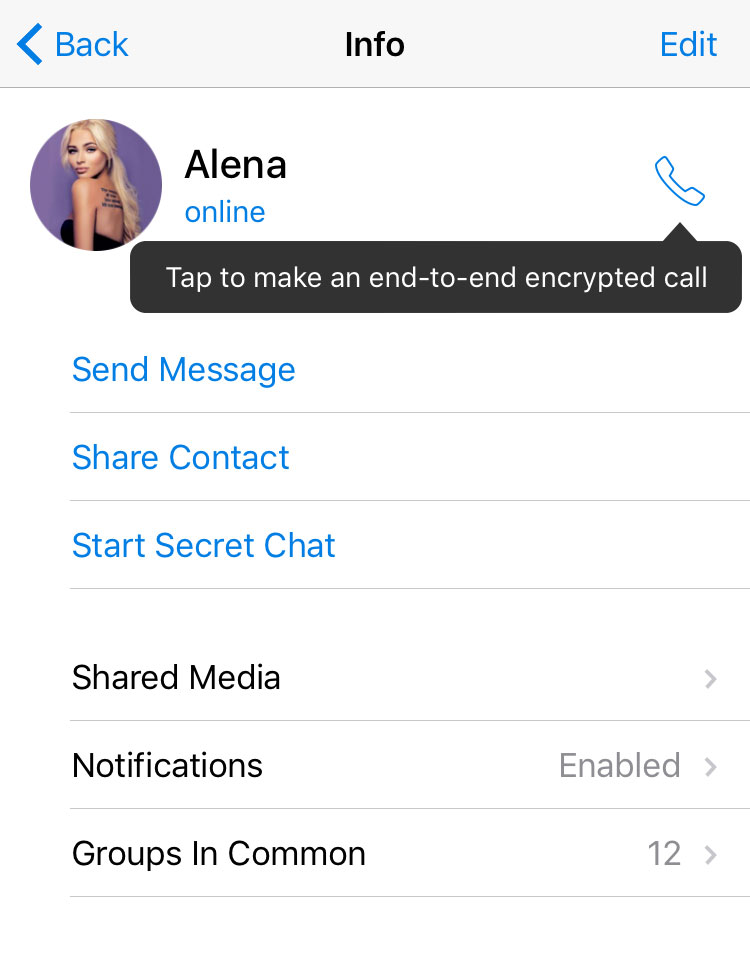Telegram Introduces End-To-End Encrypted Voice Calls With Emoji Authentication
Telegram, an ostensibly secure messaging application funded by VKontakte creator Pavel Durov, introduced end-to-end encrypted voice calls.
Telegram Encryption
Telegram started out as an open source alternative to WhatsApp. The service has been criticized from the get-go both for not using end-to-end encryption by default, as well as for not using more standard forms of encryption.
End-to-end encryption enables secure communications where only the sender and the receiver can see (or hear) the contents of the communication. Typical TLS encryption or other forms of encryption that aren’t end-to-end also allow the service provider to see the contents of the communication.
The Telegram app does come with a “Secret Chat” mode, which uses end-to-end encryption, but users have to enable it manually when they want to use it. This is unlike Signal or WhatsApp, which enable end-to-end encryption for everyone by default, and more like Facebook Messenger and Google’s Allo, which also have their own end-to-end encryption “modes.”
E2E Encrypted Voice Calls
Unlike the text messages, the voice calling feature supports end-to-end encryption by default, enabled by the same type of encryption found in the “Secret Chat” mode. To authenticate users --which is needed to protect against man-in-the-middle attacks--Telegram introduced authentication by four emojis.
It’s not necessary for the two people in a voice call to check if they have the same four emojis in order for the E2E encrypted call to work, but it is recommended as an extra measure of protection. If the emojis are the same, then the conversation can proceed. If they are different, it may be best to restart the call and check again.
The calls will be peer-to-peer by default (the users will connect directly to each other, rather than through Telegram’s servers), unless the connection can’t be established or the quality is poor. In that case, the call will go through Telegram’s servers, but the call should remain end-to-end encrypted. This type of connection seems to work very similarly to Signal’s recently introduced video calling feature.
Get Tom's Hardware's best news and in-depth reviews, straight to your inbox.
Other New Features
According to Telegram, the app comes with a neural network that trains itself each time you make a voice call so it can optimize the call quality. The company said that the neural network doesn’t have access to the contents of the call, only network metadata such as speed, ping time, packet loss, and so on.
If you want to use less data during a call, you can also enable the “Use less data” feature, which cuts down the necessary bandwidth by 25%-30% at the expense of some loss in sound quality.
The app also received more granular control for voice calls, so you can block anyone who may bother you, or even disable voice calls altogether.
The new voice calling feature is now enabled for Western European countries, with the rest of the world following soon. Once you receive the feature, you should see a phone icon in all profile pages.
Lucian Armasu is a Contributing Writer for Tom's Hardware US. He covers software news and the issues surrounding privacy and security.
-
SillieAbbe Emoji passwords is too weak on its own.Reply
There is an interesting discussion about this issue on Payments Journal
http://www.paymentsjournal.com/Content/Blogs/Industry_Blog/35382/


